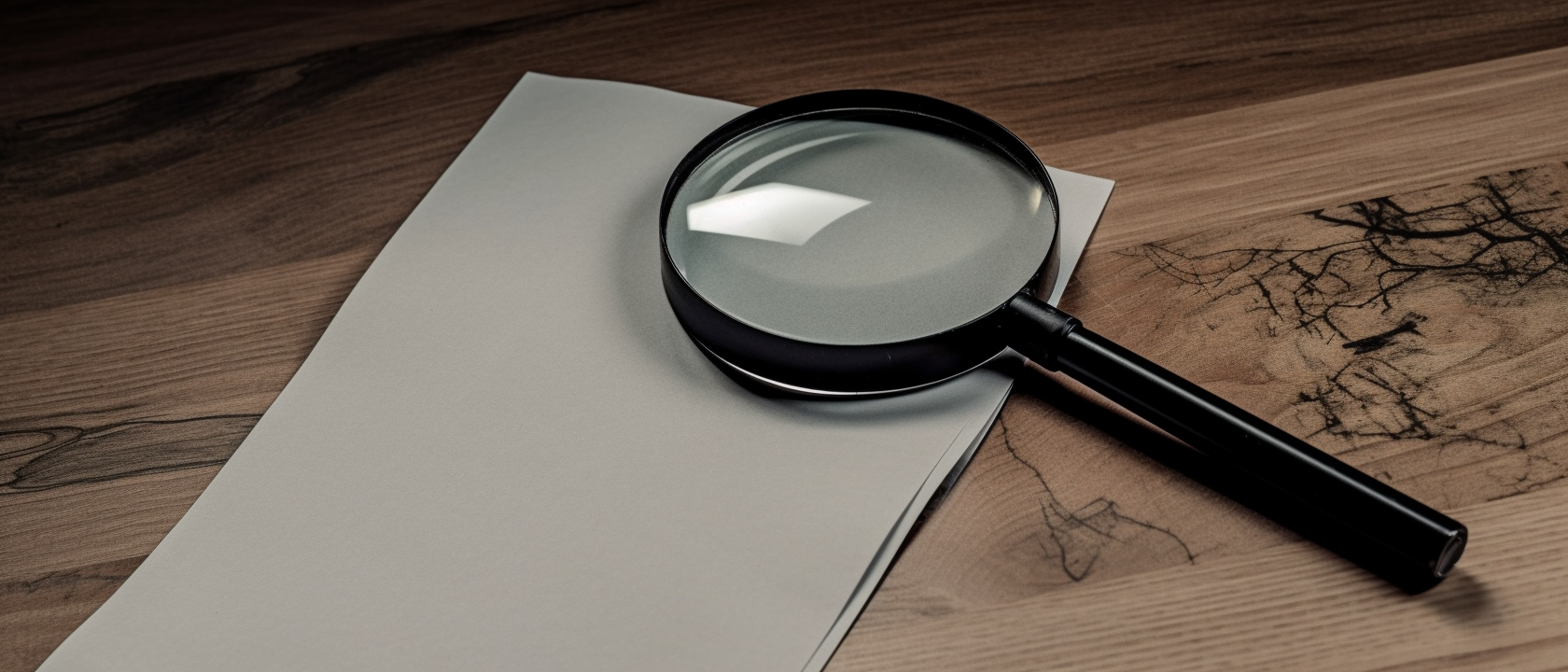
Table of Contents
- Good debt helps you grow your net worth or income with interest and monthly payments you can afford
- Bad debt doesn’t support long-term financial growth and can entrap you in a cycle of unaffordable interest rates and payments
- Almost any debt can fall into either category, depending on how it fits within your financial goals and circumstances
- To know whether a debt is good or bad, you must understand your larger financial goals and how the debt will impact them
Americans carry a lot of debt. According to Experian, the average U.S. household owes $103,358 in 2023.
On its own, however, that number says very little about the financial health of the average American consumer. For a clearer picture, you need to understand the difference between good debt and bad debt. This distinction has significant implications for how you set goals and plan for your financial future.
Monitor your credit with DollarGeek
It’s never been so simple.
Good Debt Defined
By itself, debt isn’t a good or bad thing. Many debts can be “good” when they support your overarching financial goals.
In a nutshell, good debt can be broadly defined as any debt that helps you increase your income or net worth. It also must be a debt you can afford to repay. In other words, good debts are affordable and purposeful enough that the benefits outweigh the costs and risks.
Mortgages, student loans, and business loans are all common examples of good debts. A mortgage allows you to build wealth by investing in an appreciating asset — your home — and the returns in equity typically far outweigh the costs of interest. Student or business loans, meanwhile, enable you to invest in your education or business growth to increase your earning potential.
Other debts are sometimes considered “bad” but can be good in the right circumstances. Auto loans, for instance, are sometimes problematic because you’re paying interest and taking on a monthly payment to fund a depreciating asset. Many Americans now take out loans for more than their car is worth — an extremely risky move. However, with a significant down payment, a reasonable interest rate, and an affordable monthly payment, an auto loan may be worth the cost if it enables you to drive to work and accomplish essential daily tasks.
As long as you’re careful about how much debt you can afford, debts like these can pay off in the long run.
Bad Debt Defined
Bad debt, in contrast, is debt that you can’t repay or that doesn’t support your long-term financial health. Whether by excessive interest or through monthly payments you can’t afford, it puts you further and further behind financially.
Credit cards often turn into bad debt, because many Americans use them to pay for items they can’t afford or rely on them too heavily for everyday expenses. Because credit cards carry such high interest rates, a single missed payment can quickly snowball into unaffordable debt. According to recent data, 23% of Americans with credit card debt think it will take more than five years to pay it off.
Payday loans are another common example of bad debt. These loans essentially give you an advance on part of your next paycheck — at a cost equivalent to more than 10 times the typical credit card rate. Relying on payday loans can quickly entrap you in a cycle of endless borrowing and exorbitant costs.
The recent surge in buy-now, pay-later (BNPL) loans raises a red flag for potential bad debt for many consumers. More consumers are using these point-of-sale loans to pay for routine purchases over a few months, creating new avenues for costly debts that do not support long-term financial gains.
Dealing With Bad Debt
If you’re already trapped in bad debt, that doesn’t mean there’s no way out of it. Even if you’re dealing with high interest rates or unaffordable monthly payments, there are steps you can take to eliminate bad debt and move toward healthier borrowing habits.
Reduce Spending
Any debt payment plan must begin with reevaluating your budget and cutting back costs wherever possible so you can focus on eliminating bad debt faster. Review your typical expenses line by line and find areas you can afford to redirect toward debt payments.
Be Strategic
Successfully scaling a mountain of debt starts with smart planning. Strategies like the debt snowball or debt avalanche, for instance, help you to prioritize debts in order of the smallest balance or the highest interest rate so you can pay off your balances faster. Don’t try to pay off bad debt without a clear plan to do it effectively.
Consider Counseling and Consolidating
If your debts are too much to manage on your own, it may be wise to explore credit counseling and debt consolidation services. Counseling can help you find ways to cut expenses and avoid further debt, while consolidation may help you lower your total interest payment and manage a single payment more effectively. Although consolidation can hurt your credit in the short term, the long-term financial impact may be worth it.
Use Other Measures As A Last Resort
Debt settlement services offer a way to negotiate with creditors and potentially lower the amount you owe. Likewise, bankruptcy can be attractive because it’s an opportunity to “reset” financially and erase many of your debts. However, both options can be costly and do long-term damage to your credit. They can be a smart move in some cases, but only as a last resort and with professional guidance.
Understand The Nuances In Debt Categorization
Ultimately, there’s no clear dividing line between good and bad debt. Some debts are unavoidable, such as medical debt for an unexpected procedure. Others are strategic, even if they involve high interest rates in the short term. Even credit card debt can be good if you always pay it in full each month and avoid carrying a balance.
Whether you’re working your way out of debt or starting from scratch, the best thing you can do is to know what constitutes bad debt for you and learn to avoid it. Understand your financial goals and how a potential loan or credit card purchase may or may not support them. Evaluate the interest rates and monthly costs to be sure you can afford them. If you start with those simple steps, you’ll likely avoid bad debt and stay on track.
Frequently Asked Questions (FAQs)
What Makes A Debt “Good” Or “Bad”?
Many types of debt can be good or bad, depending on your financial goals and circumstances. In general, good debt is a debt you can afford to repay and that helps you increase your net worth or income in the long run. Bad debt, in contrast, doesn’t support long-term financial growth and is often unaffordable.
Can The Same Type Of Debt Be Both Good And Bad?
Yes, debt that’s good for one consumer may be bad for another. For instance, credit cards are not problematic if you can keep your balances low and pay them in full. However, if you regularly overspend on items you can’t afford to pay off each month, credit card debt may be bad for you.
Are There Debts That Don’t Fit Clearly Into Either Category?
Many debts don’t fit cleanly into a “good debt” or “bad debt” category. Medical debt, auto loans, and personal loans can all fit into either category, depending on your financial circumstances.
Find out more
- What is Credit Repair? – Get to know the process and benefits of credit repair.
- What is the Lowest Credit Score? – Learn about the lowest credit score and how it affects you.
- Understanding Credit Repair Cost – Find out what you can expect to spend on credit repair services.
- Removing Old Names and Addresses from Credit Report – Steps to ensure your credit report reflects your current information.
- Soft vs Hard Credit Checks: What You Need to Know – Differentiate between soft and hard credit checks and their impacts.
- Tips for Comparing Credit Repair Companies – Essential advice for selecting the right credit repair service.
- What Affects Credit Score? – Uncover the factors that influence your credit score.
- What is a Good Credit Score? – Explore what constitutes a good credit score and how to get there.










